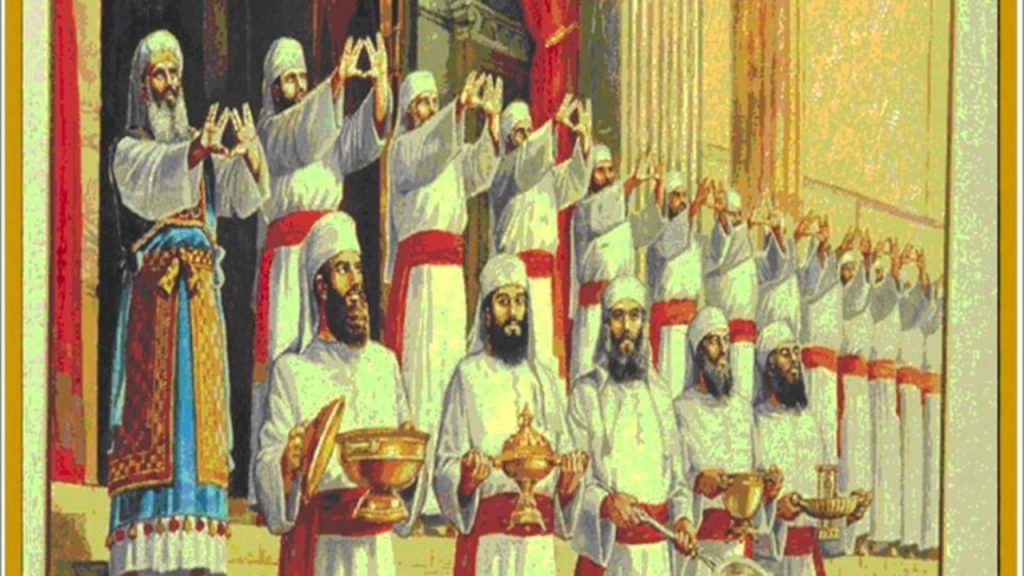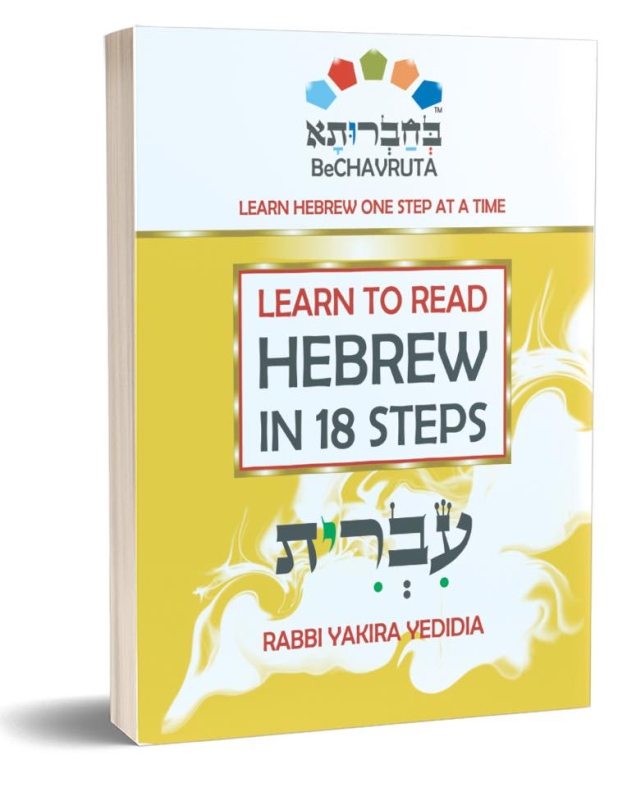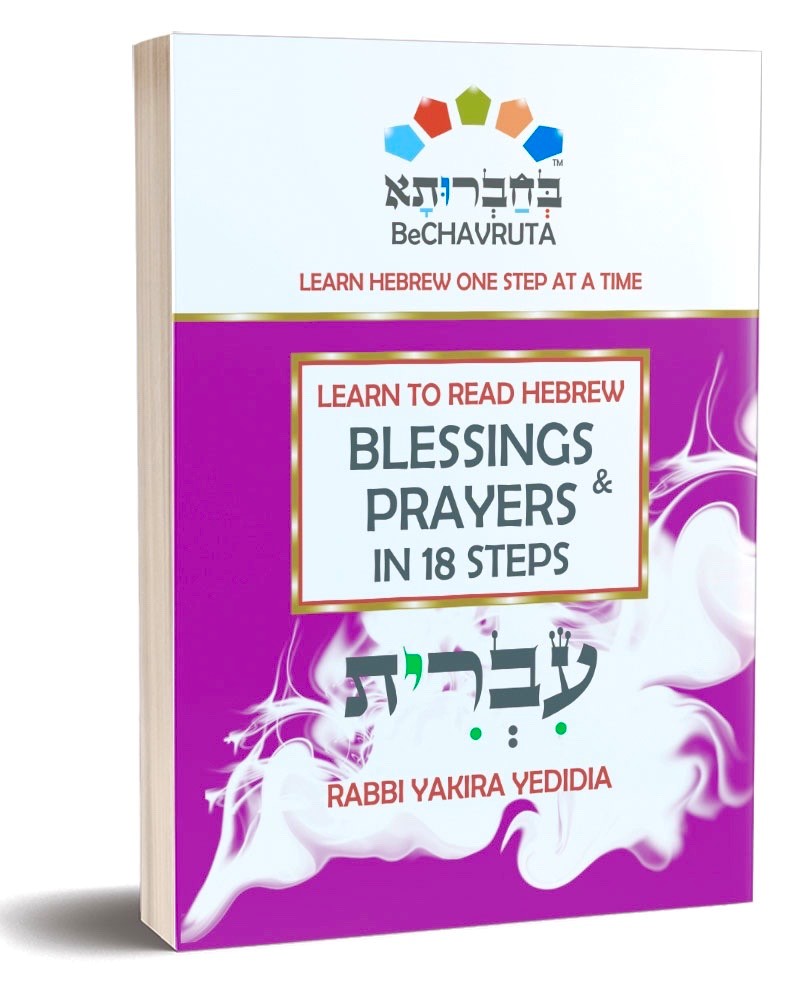And he went
“So Moses went (vayelech) and spoke these words to all Israel.” Parashat Vayelech, the shortest Parshah in the Torah recounts the events of Mosheh’ last day of earthly life. In fact it was on the 7th of Adar that Mosheh would die, the same date that he was born. “I am one hundred and twenty years old today, and I can no longer go forth and come in.” In this short portion, Mosheh commands an assembly, Hak’hel (“gather”) for a public Torah reading, and a covenant renewal once every seven years. During the festival of Sukkot of the first year of the shemitah cycle, the entire people of Israel: men, women and children should gather at the Holy Temple in Jerusalem, where the king should read to them from the Torah. The aim of the mitzvah of ‘Hakhel’ was to strengthen the Jewish people in Torah and fear of G-d.
God told Mosheh that the people would break the covenant, resulting in God’s hiding His face from them, but also with the promise that the words of the Torah “shall not be forgotten out of the mouths of their descendants.” He then finishes writing the scroll of the Torah and has it deposited in the Holy of Holies next to the ark of the covenant.
Mosheh Rabeinu
The fact that Mosheh failed to sanctify God’s name when he hit the rock instead of speaking to the rock to give forth water-as related in Parshah Chukat (Bamidbar 20:9-13) is one of the reasons that is suggested to answer the question of why Mosheh died (at the end of next week’s portion, Parashat Haazinu), another reason is that Mosheh had to die due to the ‘death decree,’ that G-d gave to all of man kind, after Adam ate from the tree of knowledge, as related in the first Torah portion, parshat Beresheet (Midrash Tanhuma Vaetchanan).
Some may feel that Mosheh never really died, as righteous men and women are always considered as living. The good actions one does in this world may effect many people, and as such, even upon their death, their influence and legacy may live within the heart, mind and soul of others.
According to the biblical narrative, Mosheh lived 120 years, he left Egypt when he was 40 years old, lived in Midian as a shepherd for 40 years and was 80 when he confronted Pharaoh, followed by his wilderness wanderings in the desert for 40 additional years. In other words, Mosheh lived in the desert for a total of 80 years!
May you live until 120
We don’t really think about it, but a common Jewish birthday wish we make on a daily basis is in reference to Mosheh Rabeinu. We bless each other “Ad meah v’esrim”, meaning, “May you live until 120.” In Parashat Vayelech, (“and he went”), the 52nd portion out of 54 annual portions, on Mosheh’ last day of earthly life, he transfers the leadership to Yehoshua, and (based on Devarim Rabba 9:9), he writes 13 Torah scrolls, giving one to each tribe and one to the Levites for safekeeping in the Ark of the Covenant. Mosheh, the greatest prophet of all times lived 120 years. “Ad Meah Veesrim”, May you live until 120 years of age. Amen

2 Mitzvot in parashat Vayelech
| 1. To assemble all the people on the Sukkot following the seventh year Deut. 31:12 2. Each male must write a Torah scroll Deut. 31:19 | |
ORDER RABBI YAKIRA NEW BOOK “LEARN TO READ HEBREW IN 18 STEPS”
The 613 Mitzvot
The commandment of the tzitzit. The word tzitzit is related to the root word lehatzitz- to look, therefore a tzitzit is an object at which we look . In addition, the word tzitzit numerical value is 600. The tzitzit has 8 threads and 5 double knots in each corner (8+5=13), thus a tzitzit represents the 613 mitzvot in the Torah.
In The Torah there are 613 commandments, mitzvot, also known as the Law of Moses (תרי״ג מצוות, taryag mitzvot). The 613 mitzvot are first recorded in the 3rd century CE, when Rabbi Simlai mentioned it in a sermon that is recorded in Talmud Makkot 23b.
The 613 commandments include 248 “positive commandments”, to perform an act (mitzvot aseh), and 365 “negative commandments”, to abstain from certain acts (mitzvot lo taaseh). The negative commandments number 365, which coincides with the number of days in the solar year, and the positive commandments number 248, a number ascribed to the number of bones and main organs in the human body.
Though the number 613 is mentioned in the Talmud, its real significance increased in later medieval rabbinic literature, including many works listing or arranged by the mitzvot. The most famous of these was an enumeration of the 613 commandments by Maimonides, The Rambam.
Many of the mitzvot cannot be observed now, following the destruction of the Second Temple, although they still retain religious significance. According to one standard reckoning, there are 77 positive and 194 negative commandments that can be observed today, of which there are 26 commands that apply only within the Land of Israel. Furthermore, there are some time-related commandments from which women are exempt (examples include shofar, sukkah, lulav, tzitzit and tefillin). Some depend on the special status of a person in Judaism (such as kohanim), while others apply only to men or only to women. According to Rambam Organized by Parshah. based on Wikipedia and http://www.vaadrv.org/rambam613mitzvot.asp ONE BIG IMPORTANT NOTE WHEN USING THIS LISTING: This listing is not all inclusive. Rambam may site multiple sources for a mitzvah is his works but this list currently only gives one source for each mitzvah.
WOULD YOU LIKE TO READ HEBREW?
THE BEST TIME TO PLANT A TREE WAS 20 YEARS AGO. THE SECOND BEST TIME IS NOW!
Take your first step, and in as little as 9 hours of BeCHAVRUTA Crash Course Book, you will be able to Read Hebrew Fluently & Accurately like a Pro!
ORDER RABBI YAKIRA NEW BOOK “LEARN TO READ HEBREW IN 18 STEPS”
“Original, fun, and effective, this is a superb way to learn to read Hebrew.“- DENNIS PRAGER
“A clear, lucid and immensely helpful guide to learning Hebrew. Takes the reader by the hand and introduces the holy tongue in living color.“-RABBI DAVID WOLPE
“An instant classic! Rabbi Yakira has written a primer on Hebrew that is both enchanting & colorful. It is sure to capture the interest of students & magically introduce them to the Hebrew language!”-RABBI DR DAVID ELLENSON
The Priestly Blessing
Check out YedidYah “The Priestly Blessing” Birkat Hakohanim. Music by Rabbi Yakira Yedidia https://youtu.be/YNE11QdEMN0
יְבָרֶכְךָ יהוה, וְיִשְׁמְרֶךָ- May the LORD bless you and guard you
יָאֵר יהוה פָּנָיו אֵלֶיךָ, וִיחֻנֶּךָּ -May the LORD make His face shed light upon you and be gracious unto you
יִשָּׂא יהוה פָּנָיו אֵלֶיךָ, וְיָשֵׂם לְךָ שָׁלוֹם- May the LORD lift up His face unto you and give you peace
Yevarechecha Adonai, V’Yishmerecha
Ya’er Adonai Panav Eleycha, ViChoneka
Yisa Adonai Panav Eleycha, V’Yasem Lecha Shalom
(Number 6:24-26).
Check out YedidYah “The Priestly Blessing” Birkat Hakohanim. Music by Rabbi Yakira Yedidia https://youtu.be/YNE11QdEMN0
Check out YedidYah Psalm 96 “Yiram Hayam” Music by Rabbi Yakira Yedidia https://youtu.be/aTBD4i9nvXw

This blog article was inspired by chabbad.org, Sefaria.org, Wikipedia.org,



